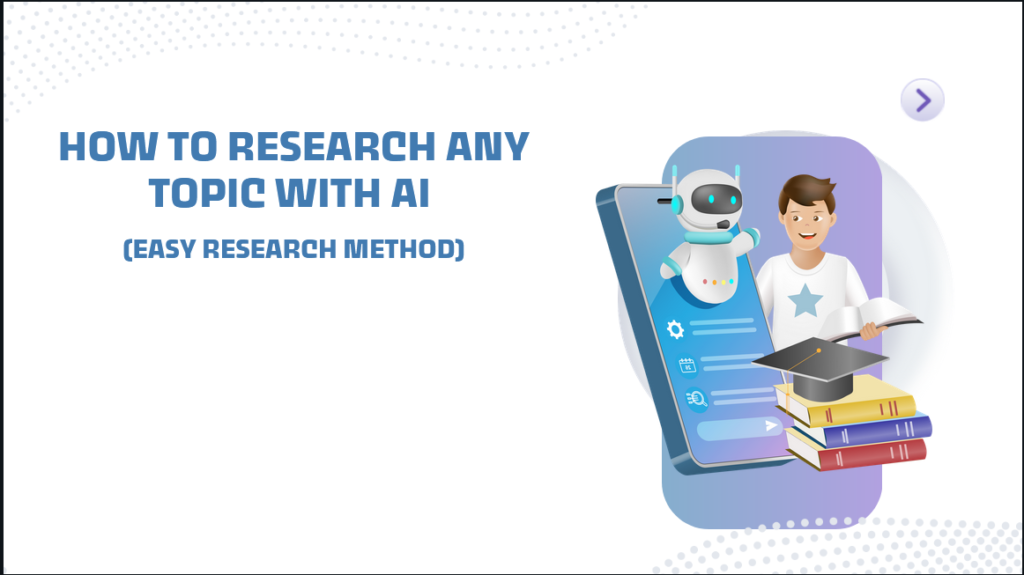
After spending so many years researching and writing, I’ve learned that the key to creating compelling content isn’t just about using the right AI writing tools – it’s about knowing how to research effectively with AI. Today, I’m sharing a method that has helped me with content creation and maintain multiple digital platforms.
The Problem: Information Overload in the AI Age
As content creators, we’re drowning in information. With the explosion of AI content generators and AI copy writing software, it’s becoming increasingly difficult to:
– Distinguish reliable information from AI-generated fluff
– Maintain content authenticity while leveraging AI
– Create unique content that stands out in a sea of AI-produced articles
– Balance efficiency with quality in content production
I faced these exact challenges when building my personal blog and YouTube channel. The turning point came when I developed a systematic approach to AI-powered research.
The Opportunity: Transform Your Content Creation Process

By mastering AI content optimization and implementing proper AI content workflows, you can:
– Cut your research time in half while improving accuracy
– Create more engaging, authentic content that resonates with your audience
– Develop a consistent content strategy that scales
– Stand out in your niche with well-researched, authoritative content
When I implemented these methods in my own work, my content began to improve.
The Solution: A Comprehensive AI Research System
1. Smart AI Prompting for Initial Research
Having worked with AI tools for awhile now, I’ve developed a layered approach to research:
Layer 1: Building the Foundation
– Start with broad overview prompts
– Identify key controversies and debates
– Address common misconceptions early
Layer 2: Deep Dive
– Track recent developments
– Identify authoritative sources
– Build a resource library
2. Note Taking and Organization
The Progressive Summarization Technique:
-First pass: Copy key points and information
-Second pass: Highlight the most important parts
-Third pass: Write a brief summary in your own words
3. AI Content Detection and Verification
In my experience creating WordPress websites and managing digital content, I’ve learned to:
– Use AI content detection tools to check for potential issues
– Implement thorough fact-checking protocols
– Maintain a balance between AI assistance and human oversight
4. (Extra Step) Content Repurposing
– Transform research into multiple formats
– Adapt content for different platforms
– Maintain consistency across channels
The Takeaway: Action Steps for Implementation
As someone who seeks to help aspiring content creators here are my recommended next steps:
1. Start with one small research project using this system
2. Document your process and results
3. Gradually incorporate more AI content techniques
4. Regularly review and refine your approach
Resources to Get Started:
Remember, effective AI research isn’t about replacing human creativity – it’s about enhancing it. AI is a tool, but your unique perspective and experience are what make your content truly valuable.
Drawing on my experience, I can tell you that mastering these research techniques will transform your content creation process. Start implementing these strategies today, and watch your content quality improve.
